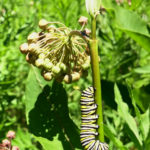
By Jeffrey North
A crew of field horticulture technicians returned to the Lone Tree Hill conservation area for their first visit in 2022 on May 20. Begun in late 2020, the work to enhance the ecological integrity of Belmont’s 80-acre conservation land site addresses the most egregious infestations of biodiversity-erasing invasive plant species. (See Restoration Projects Approved for Lone Tree Hill, BCF Newsletter, May 2021)
The mission this time was to cut or pull and spray garlic mustard in bloom. As garlic mustard is one of the first plants to start actively growing in late March, leaves can be sprayed with herbicide in early April when most of the native species are still dormant. Unfortunately, we were not able to get going as early as planned, but this will be our plan in subsequent years. Due to many native plants growing between garlic mustard in the area outlined in blue, the crew from Parterre Ecological Services decided to hand-pull the garlic mustard in these areas. In areas of dense garlic marked in yellow the crew sheared the tops off the garlic mustard stems to prevent it from going to seed. They will follow up with a foliar spray during a June visit to treat black swallowwort.
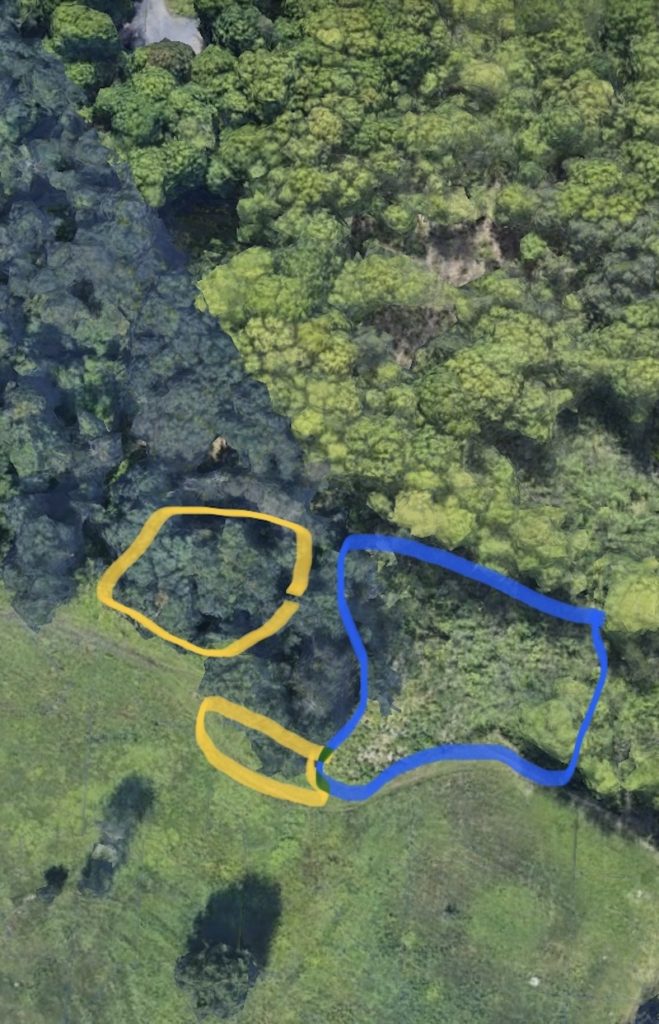
Aerial photo of Lone Tree Hill showing areas where garlic mustard was hand-pulled (right) and sheared and treated with foliar spray (left).
The horticulture field technicians have observed native plants in the area, including various goldenrods, chokecherry, Virginia creeper, false Solomon’s seal, woodland sedge, Ribes (currants and gooseberries), wild sarsaparilla, Jack in the pulpit, Solomon’s seal, sticky willow, tower mustard, and staghorn sumac. The field operators even found a nesting woodcock in dense masses of carex sedge.
It is exciting to see many natives coming back and establishing themselves. Three species of goldenrods (canadensis, altissima, and rugosa) are quickly establishing themselves in the open meadow and will continue to spread by rhizome and seed.
Invasive black swallowwort still exists but in much lower quantities compared to last season. South of the trail (yellow) there are still extremely dense areas of garlic mustard and knotweed and these areas will be slower to restore.
The newly planted pollinator meadow adjacent to the Mill Street parking lot has some perennial weeds such as burdock and mugwort, but overall the newly-seeded area is establishing well with a flush of tower mustard and other annuals such as Rudbeckia hirta (black-eyed Susan), lupine and Monarda (beebalm) from the seed mix. Invasive plants still on the site include black swallowwort, common and glossy buckthorn, porcelain berry, bittersweet, yellow rocket, dames rocket, bittersweet nightshade, multiflora rose, bindweed, honeysuckle, and ailanthus (tree of heaven).
On future visits the horticulture team will continue managing the knotweed and spraying the black swallowwort as well as cultivating the new pollinator meadow. The Land Management Committee generously supported these efforts with matching funding from the Judy Record Conservation Fund. The Land Management Committee and the Invasives Working Group also provided administrative and planning assistance for this work.
Jeffrey North is managing editor of the Belmont Citizens Forum Newsletter, the ex-officio Belmont Conservation Commission representative on the Land Management Committee for Lone Tree Hill, and chair of the LMC’s Invasives Working Group.

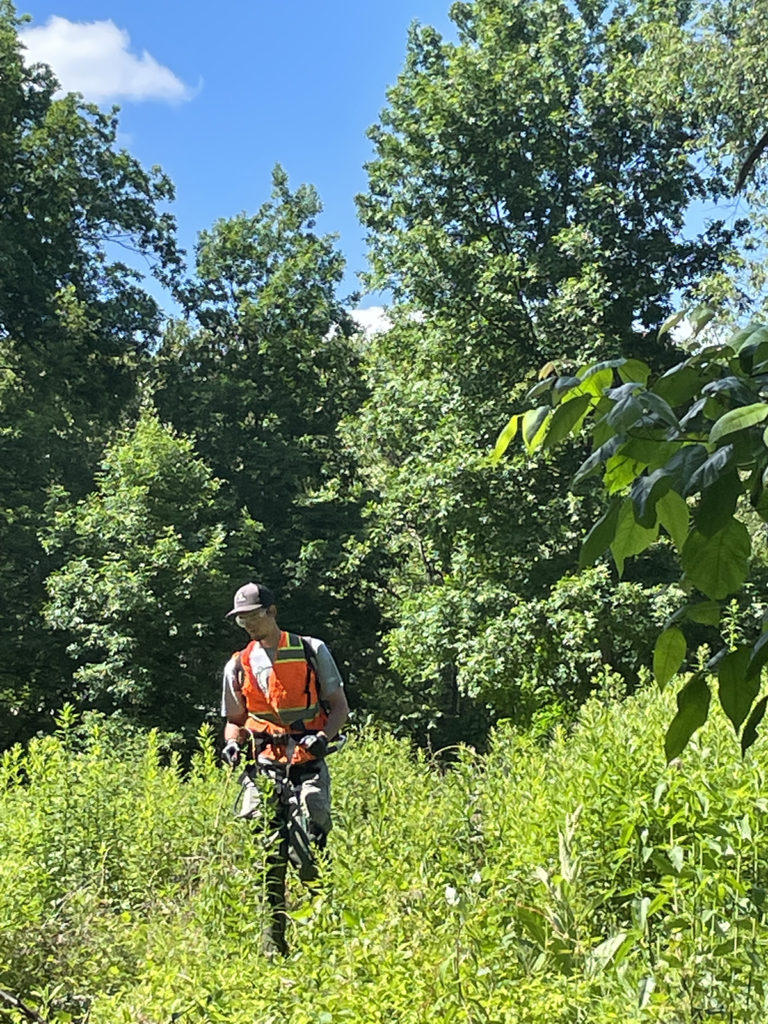
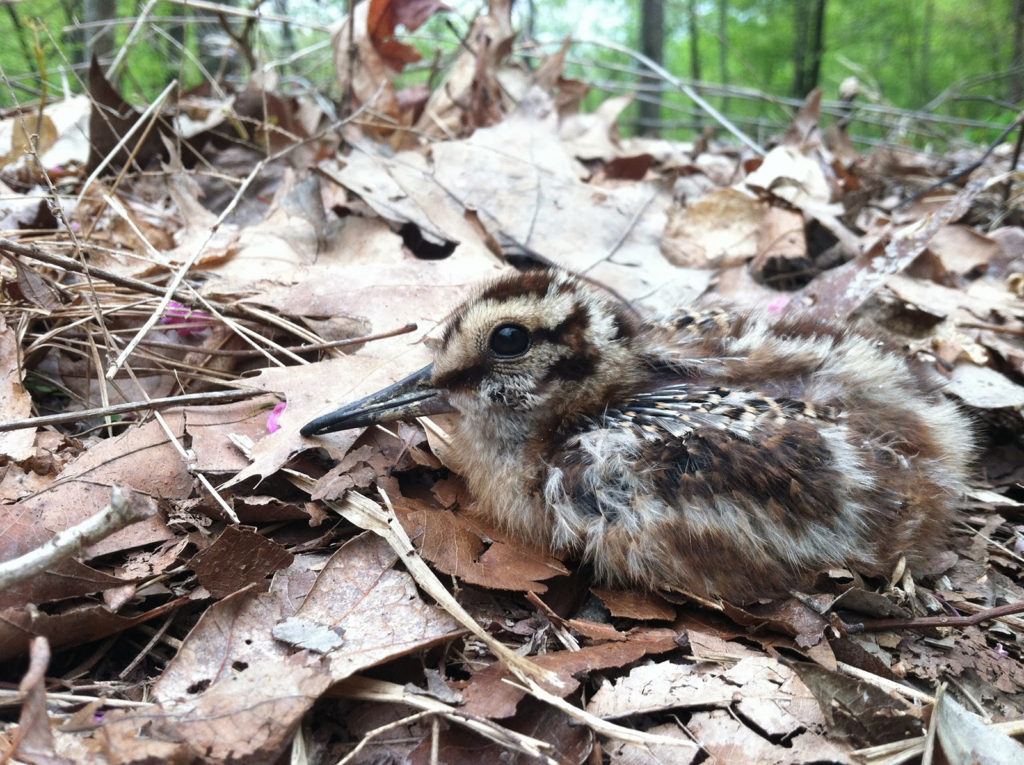
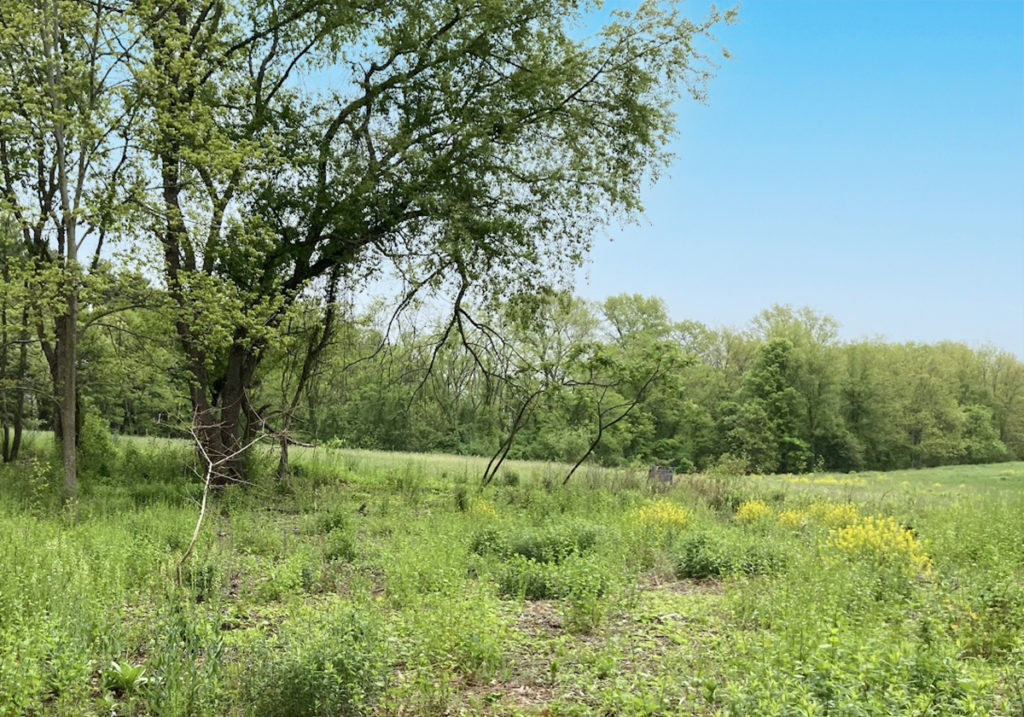
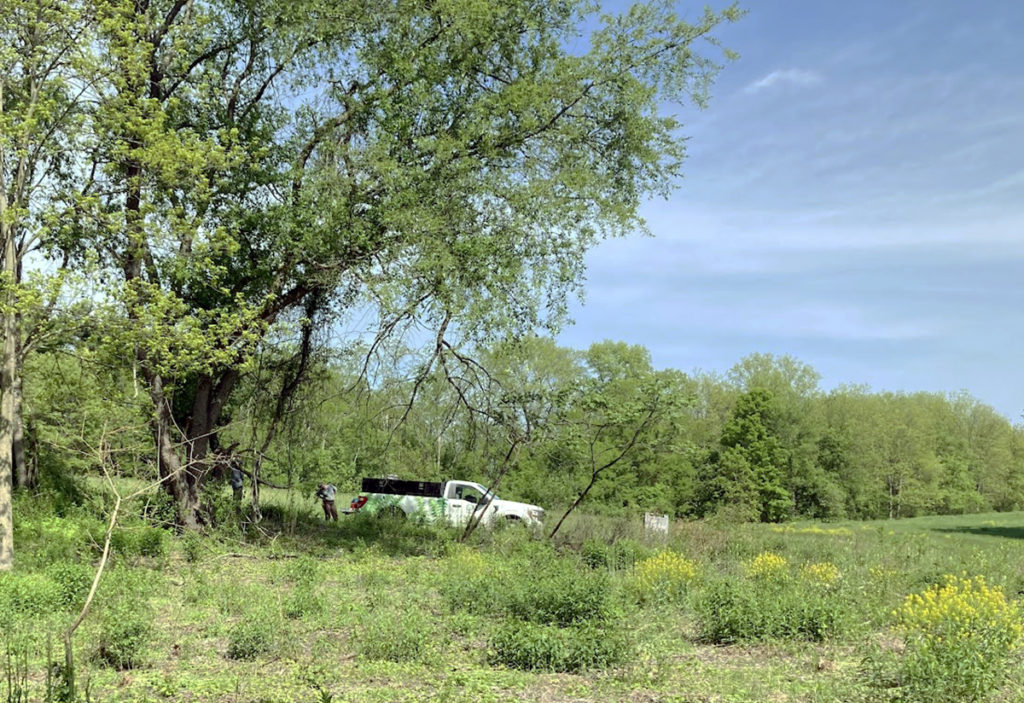
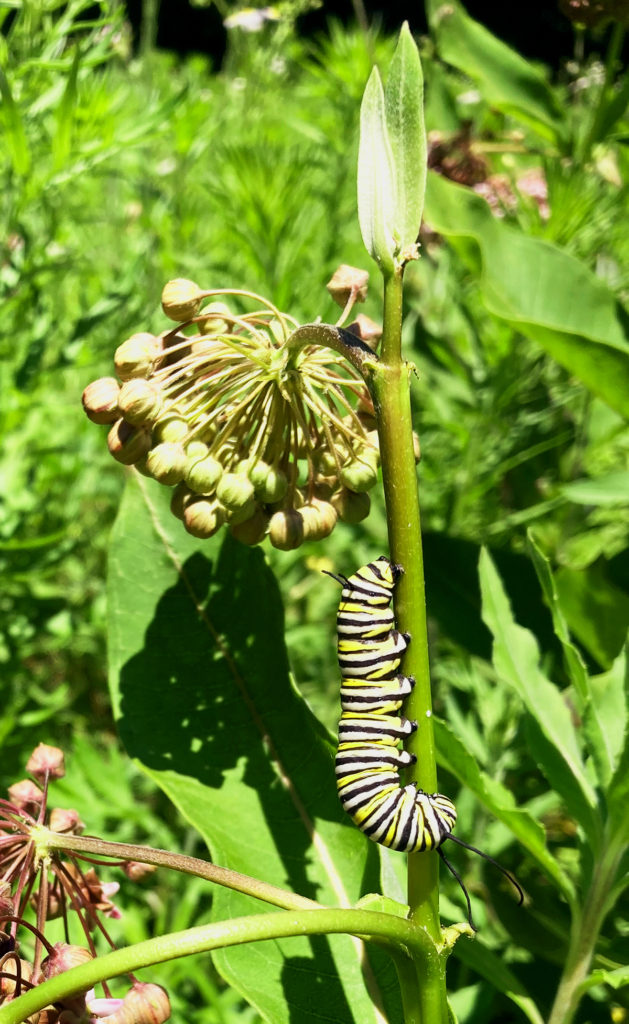

Sorry, the comment form is closed at this time.